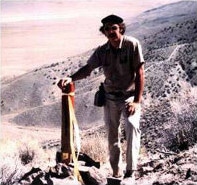
Houston Geological Society GeoEducation and 2020 AAPG ACE First Virtual Conference Videos
Be sure to review the list of YouTube videos made available by the Houston Geological Society:
https://www.youtube.com/user/HGSGeoEducation/videos
Also see the First Virtual AAPG ACE Conference presentations by the Energy Minerals Division and Astrogeology Committee:
https://www.youtube.com/channel/UCI3dyuNS2IhDZA7qjdwte3Q
________________
For the full versions of the Uranium (Nuclear & REE) Committee presentations:
“Uranium and Nuclear Power are on the Move … Again”
See YouTube video and reference PDF with active links in comments below:
https://i2massociates.com/downloads/UCOM-Issues2020ShortSlides.pdf
and
“Sources of Rare Earth Elements in the U.S. and around the World”
See YouTube video with reference PDF with active links in comments below:
https://i2massociates.com/downloads/REE-EMDPresentation8-31-20.pdf












